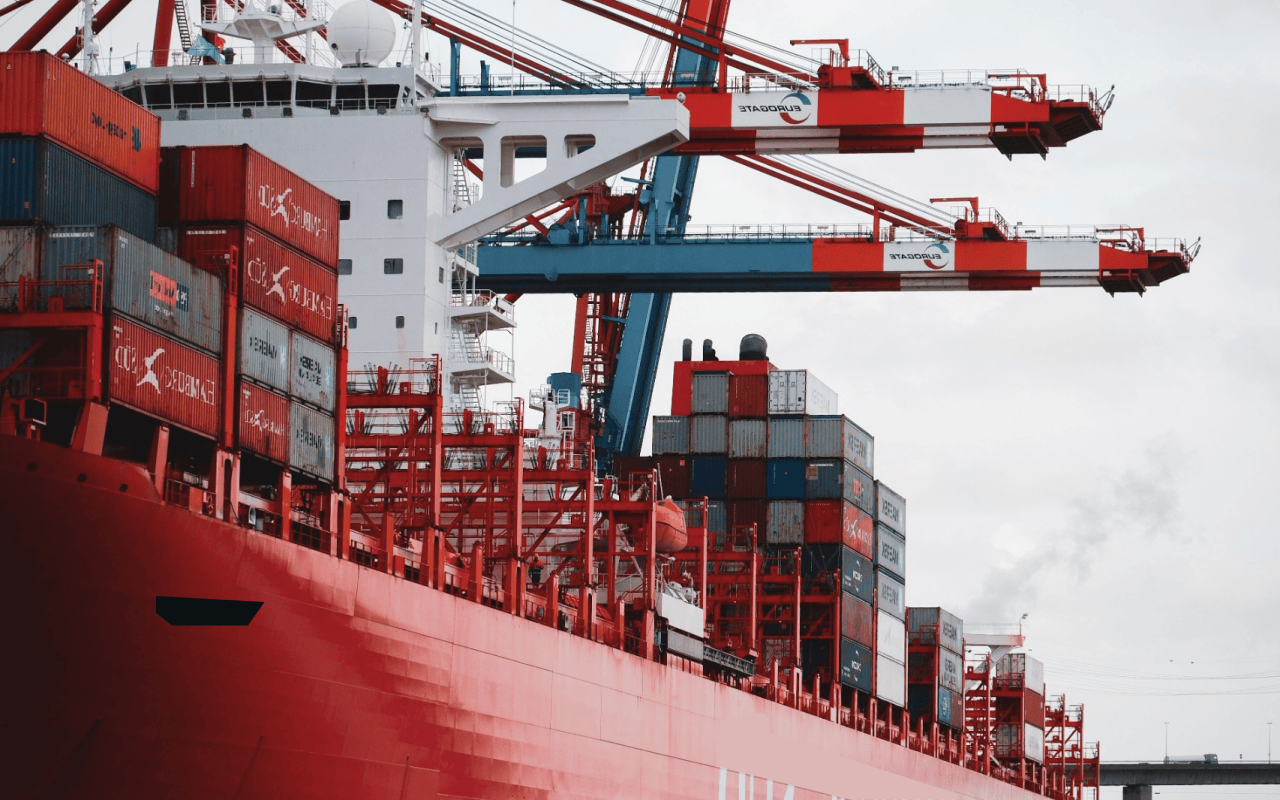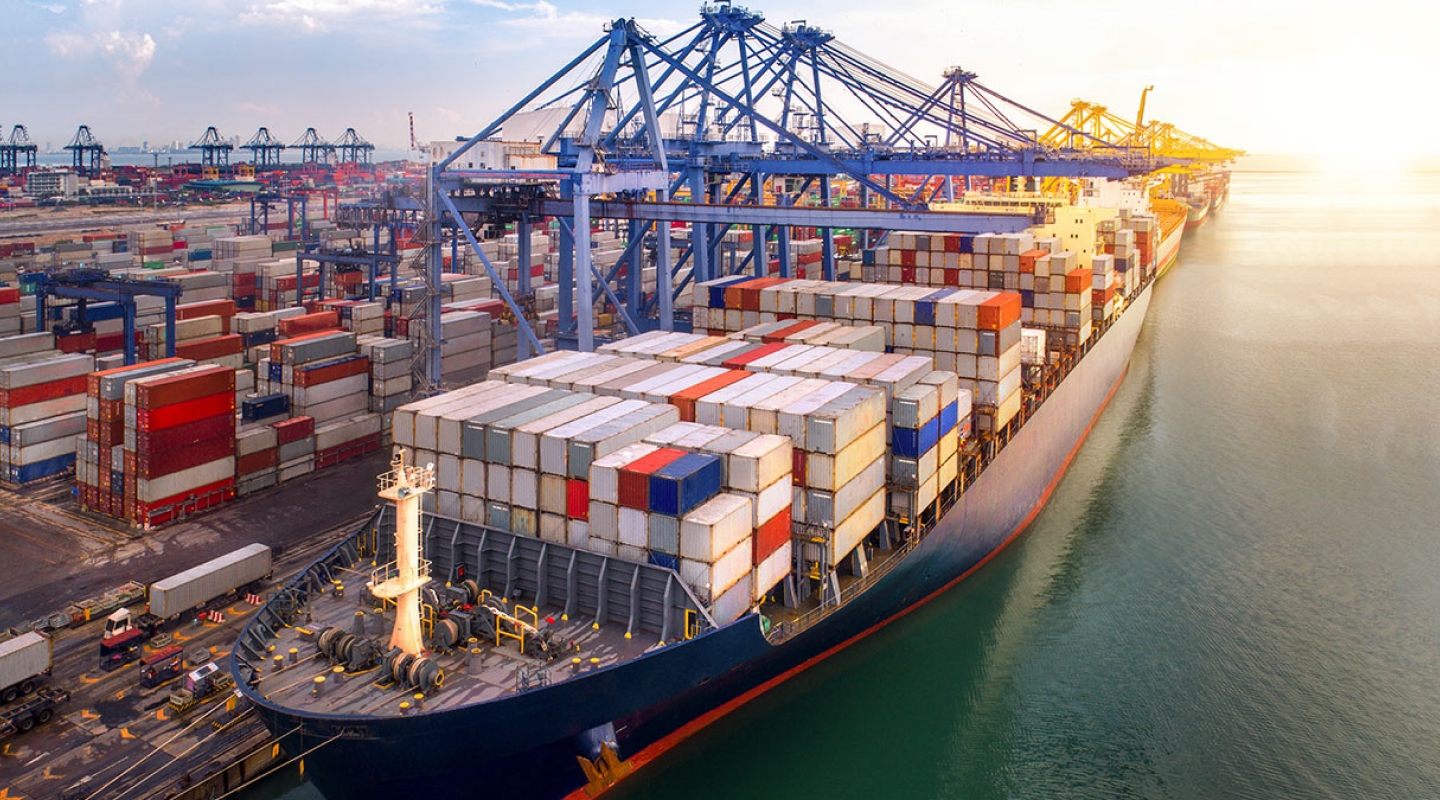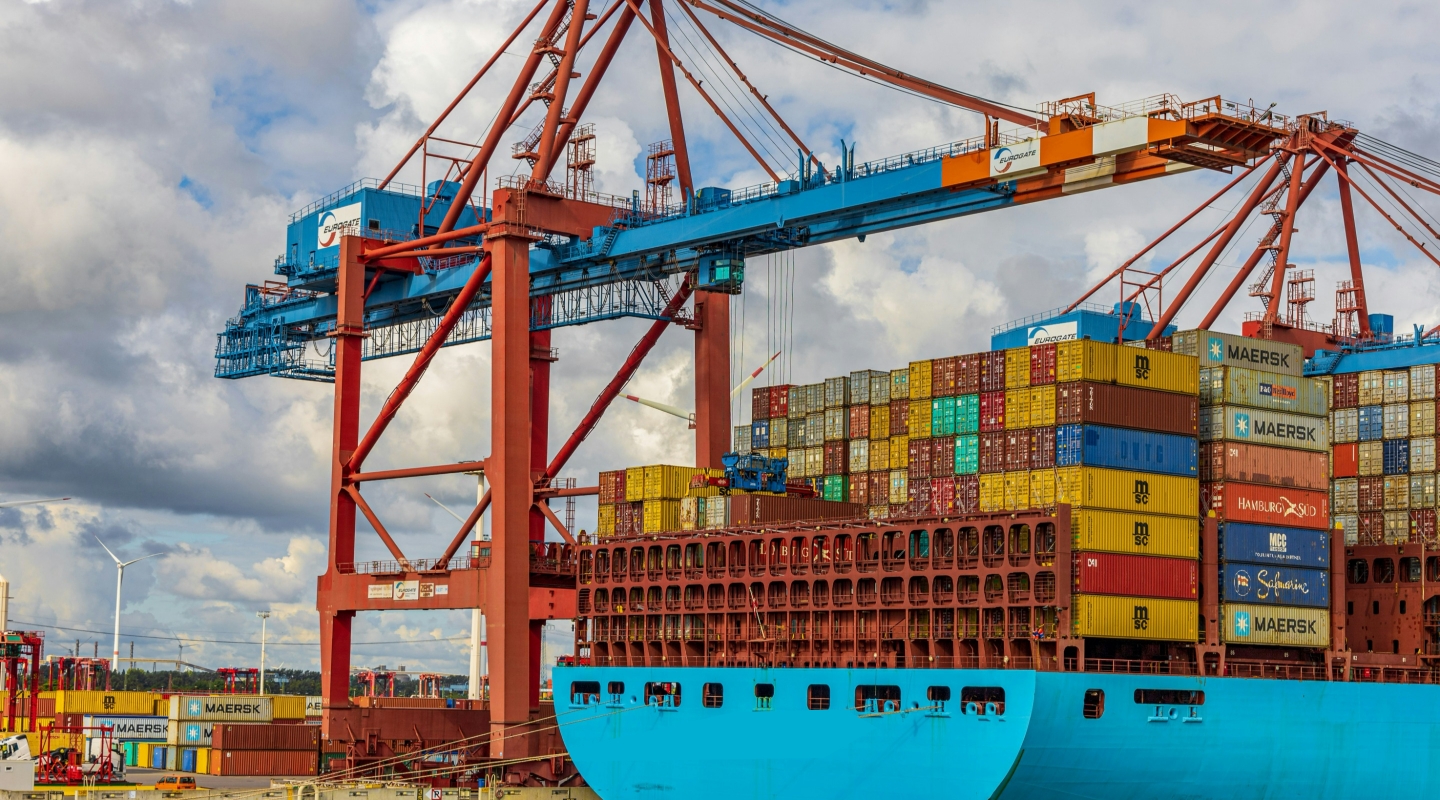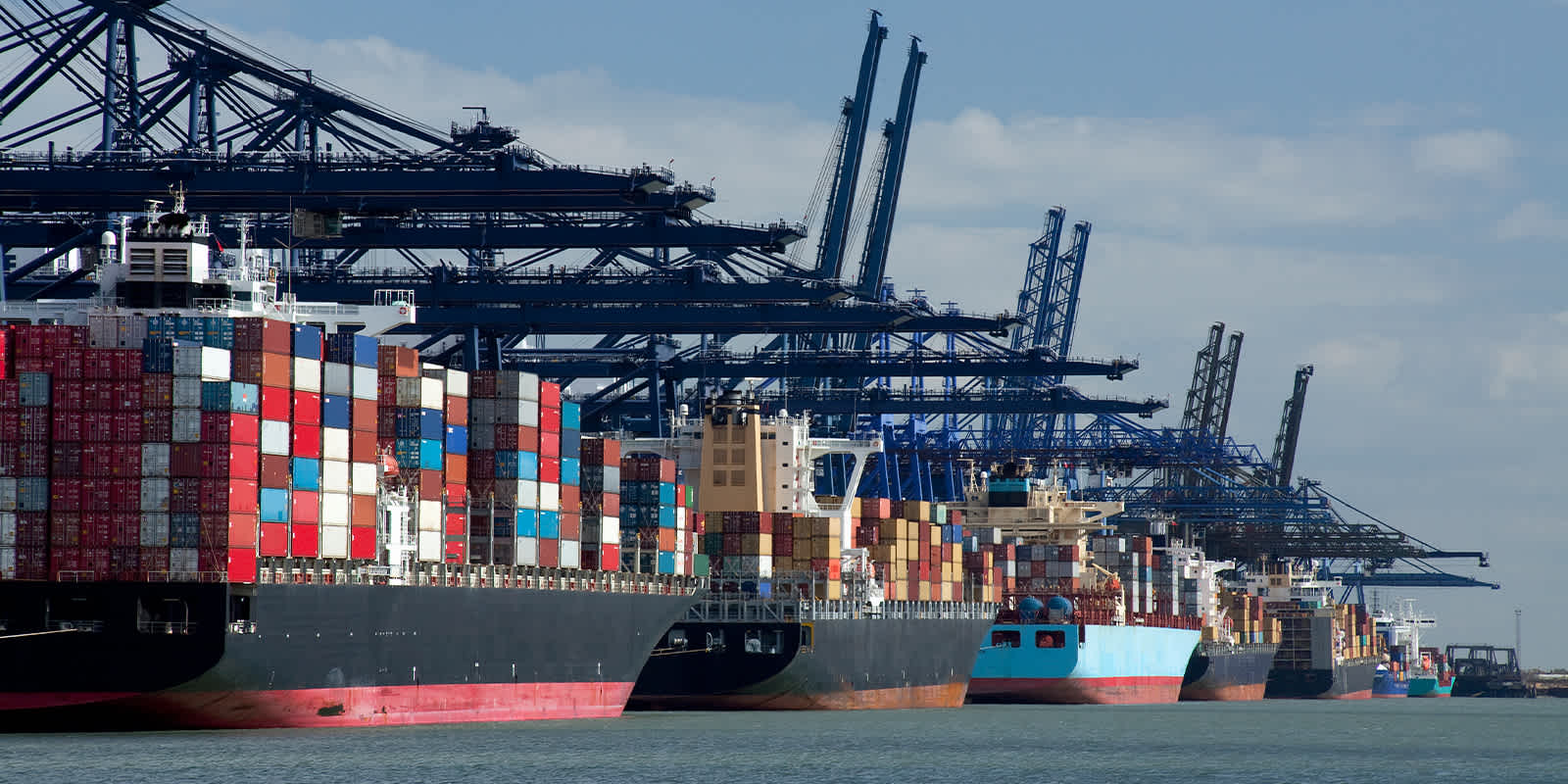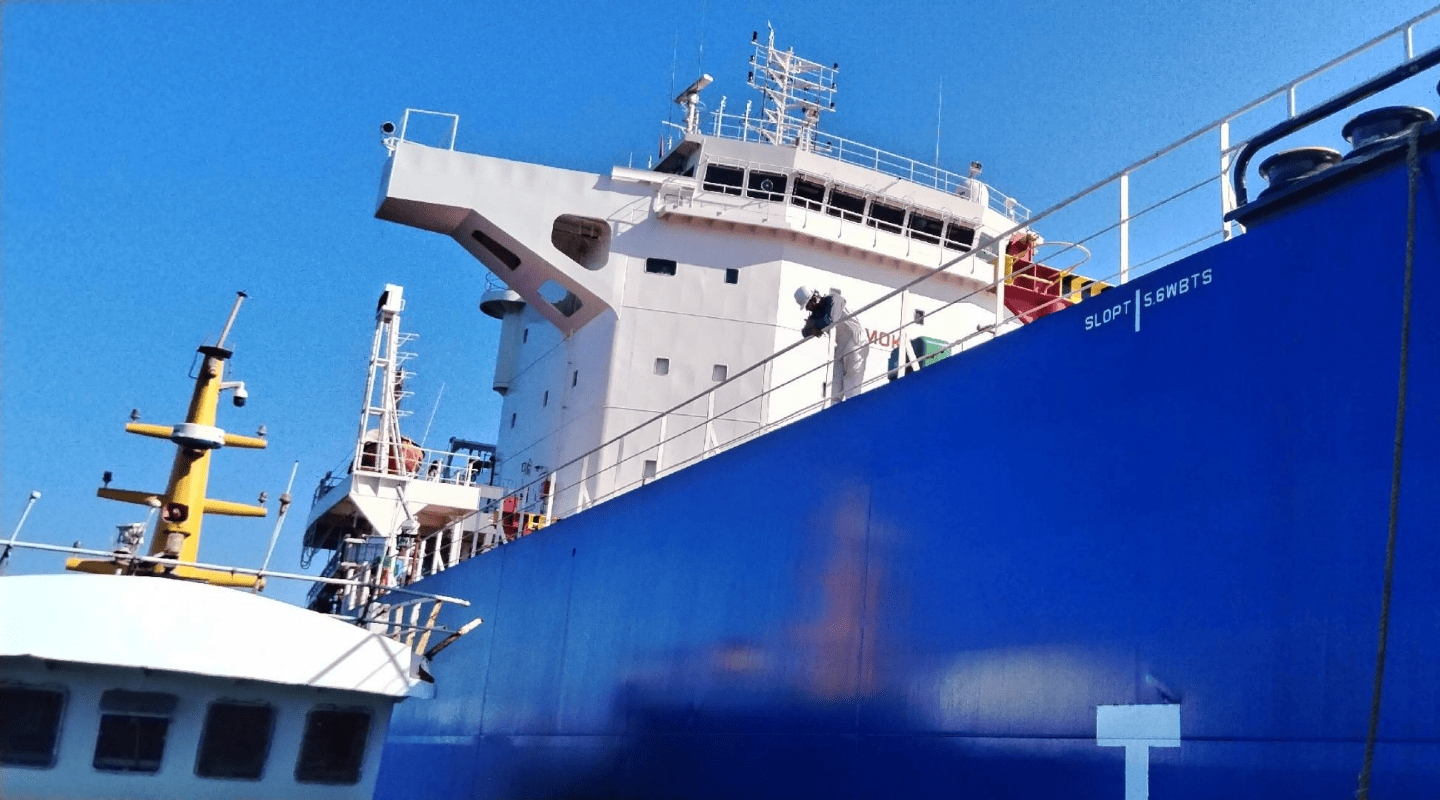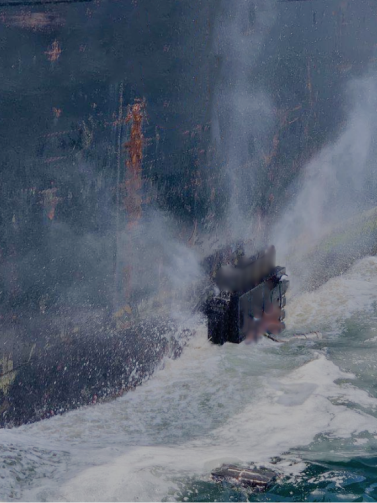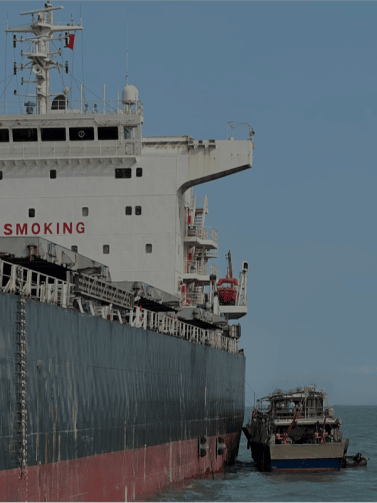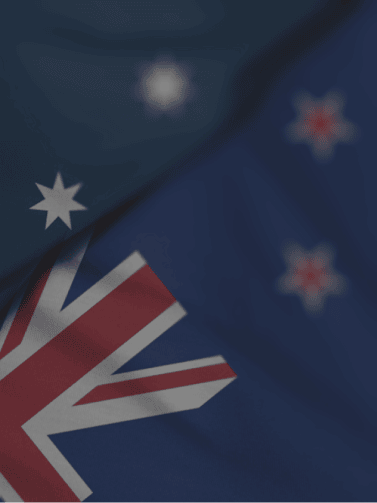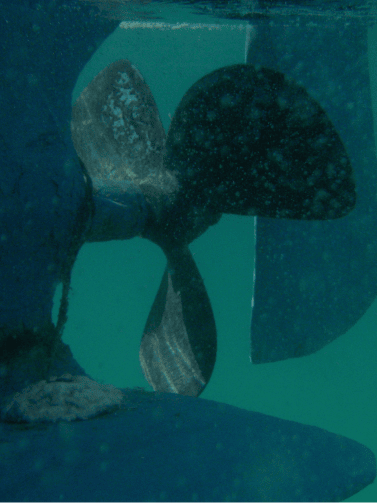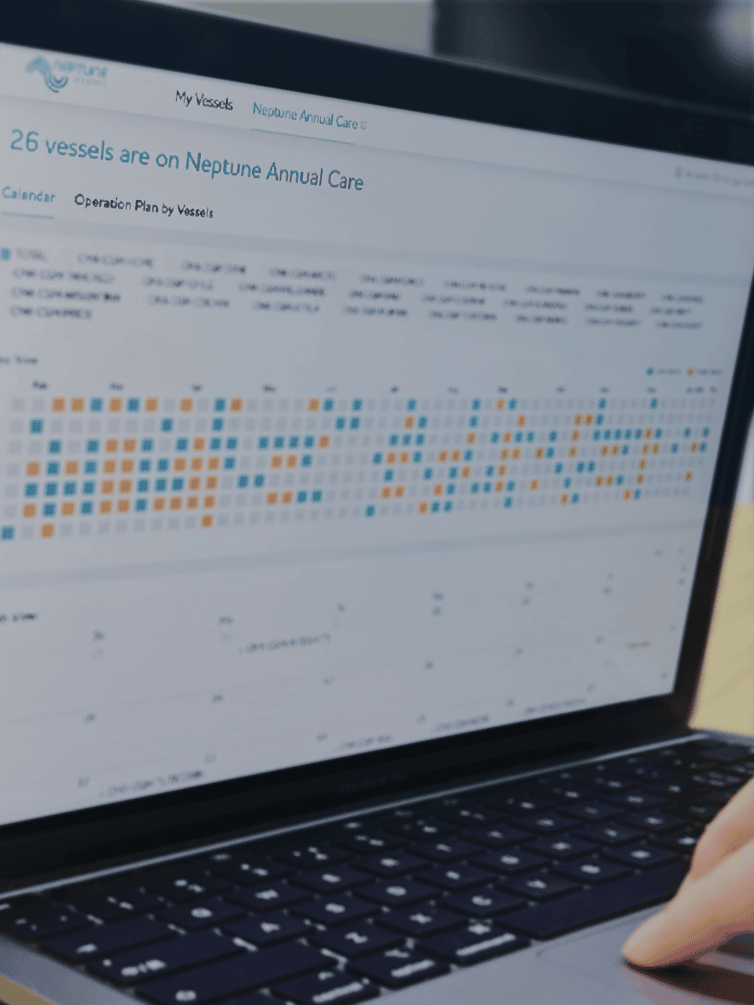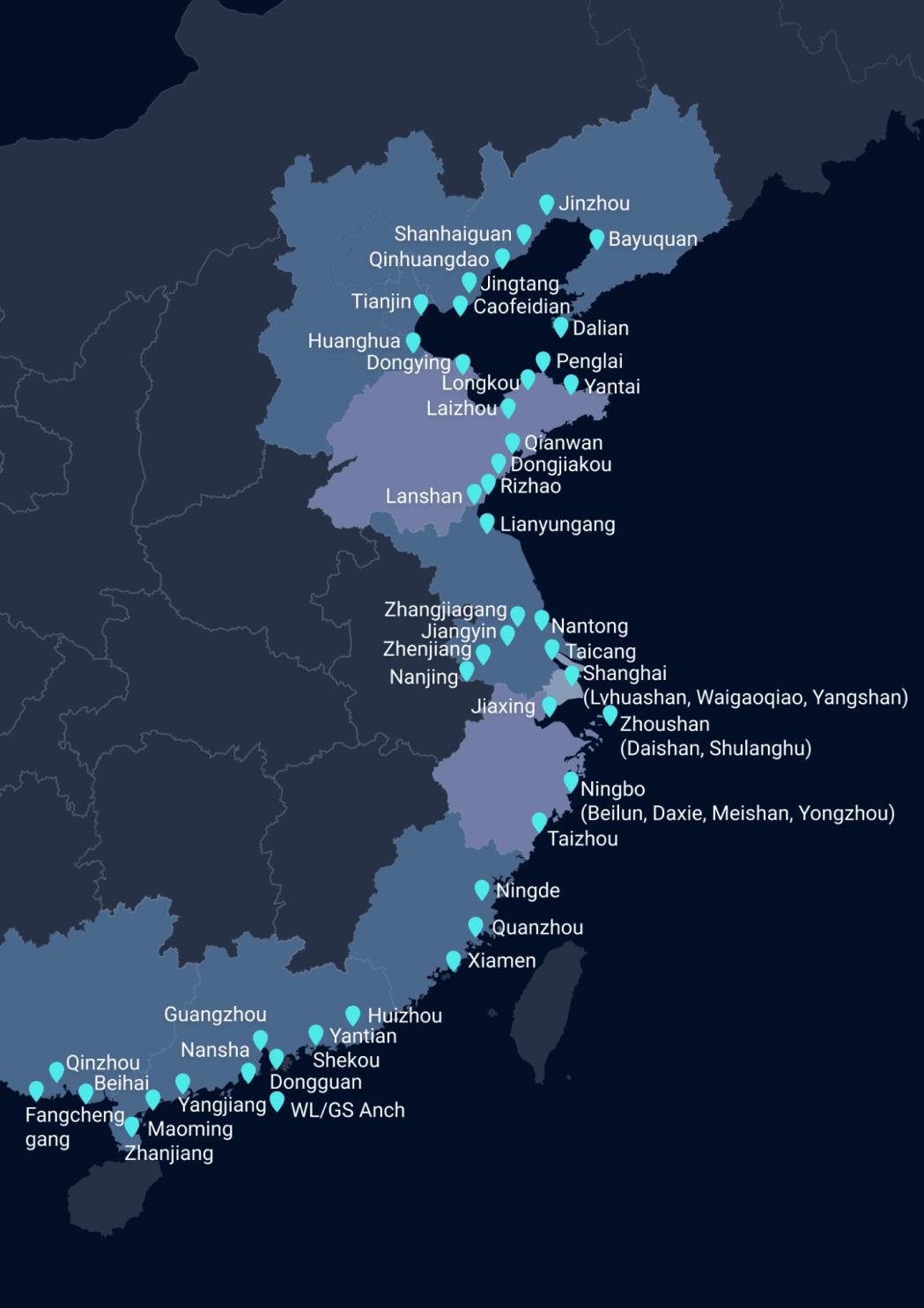Recently, severe drought in the Panama Canal and the ongoing crisis in the Red Sea have posed threats to transportation safety and efficiency. Ships rerouting and waiting have become routine, causing a sudden surge in travel time and costs in the short term. The shipping industry is facing its largest-scale challenges and risks in decades.
Simultaneously, the forthcoming environmental regulations are further impacting the industry’s fragile state. The emission quota costs from EU ETS and the decarbonization costs from IMO’s reduction targets are intensifying the financial pressure on shipping enterprises.
It seems that the shipping companies, struggling amid the 2023 economic recession and excess capacity, will continue to face difficulty ahead. Amidst these issues, ship operations are poised to become more “costly and chaotic.”
01-EU ETS Implemented Amid Chaos
Resulting in a 40% Increase in Fuel and Carbon Quota Costs
Starting January 1, 2024, ship owners must purchase carbon quotas for ship‘s carbon emissions between two EU ports, while ships traveling between EU and non-EU ports will bear 50% of the carbon emission costs. It is estimated that from 2024 to 2026, the shipping industry may bear carbon costs as high as 3.1 to 8.4 billion euros.
While preparations for route adjustments and other responses were underway, the wave of the Red Sea crisis swept in. Ship companies were compelled to abandon the “Red Sea-Suez Canal” route, turning to the relatively safer Cape of Good Hope route. This not only led to a rise in charter rates but also significantly increased fuel and carbon quota costs.
Paul Hardy, Director of shipping brokerage firm NSI, mentioned that for a Panamax container ship, the estimated total costs for fuel and carbon emissions would be $361,080 if using the Suez Canal route, whereas it would amount to $505,320 if taking the Cape of Good Hope route, representing an increase of 39.8%, along with an additional 12 days of travel time.
02-A More Disturbing Issue:
Cost of Alternative Fuels
Compared to the varying EU carbon taxes ranging from tens of thousands to several hundred thousand dollars per voyage, the cost of fuel for rerouting is evidently much higher. Additionally, the necessity to adopt alternative fuels under pressure to reduce emissions, with their prices 2-5 times higher than traditional fuels, poses even greater concern.
At current prices, using biofuels would double the cost of Asia-Europe transportation, increasing from $1,000 to $2,000 per container. With demand outstripping supply, bio-methane is set to become even more expensive.
According to calculations by UMAS, fuel costs are expected to increase by $18-27 million annually. Considering the capital and operational expenditure of vessels, by 2030, a vessel operating across the Pacific will require an additional $20-30 million annually.
Moreover, with the rates on major trade routes currently at record lows and no legal mandate for shippers to use green services, shippers lack the incentive to pay more, making cost-sharing still a significant obstacle to decarbonization in the shipping industry.
03-How Can Shipping Companies Gain an Advantage?
Creating a Gap in Costs and Carbon Emissions
Global inflation, economic slowdown, coupled with tense geopolitical situations, have led many leading shipping companies to anticipate downward pressure on container demand. Effectively managing cost funds and reducing the risk of violating environmental regulations have become the two major challenges that all shipping companies must face.
Therefore, taking proactive action at this stage to reduce the total operating costs, primarily dominated by fuel costs, evidently allows shipping enterprises to gain an advantage over competitors in terms of costs and carbon emissions.
Currently, more and more shipping companies are opting to remove ship’s hull biofouling to reduce sailing resistance, thereby saving ship fuel and reducing carbon emissions. In particular, the use of underwater robotic ship cleaning services: without the need for dry docks, these services can be performed when ships are anchored or docked.
Neptune Robotic Ship Inspection and Cleaning Services efficiently remove hull‘s biofouling and dirt layers underwater, operating around the clock. Their service areas cover ports and anchorages in the North, East, and South China regions and have already served hundreds of large vessels, gaining considerable customer recognition.
